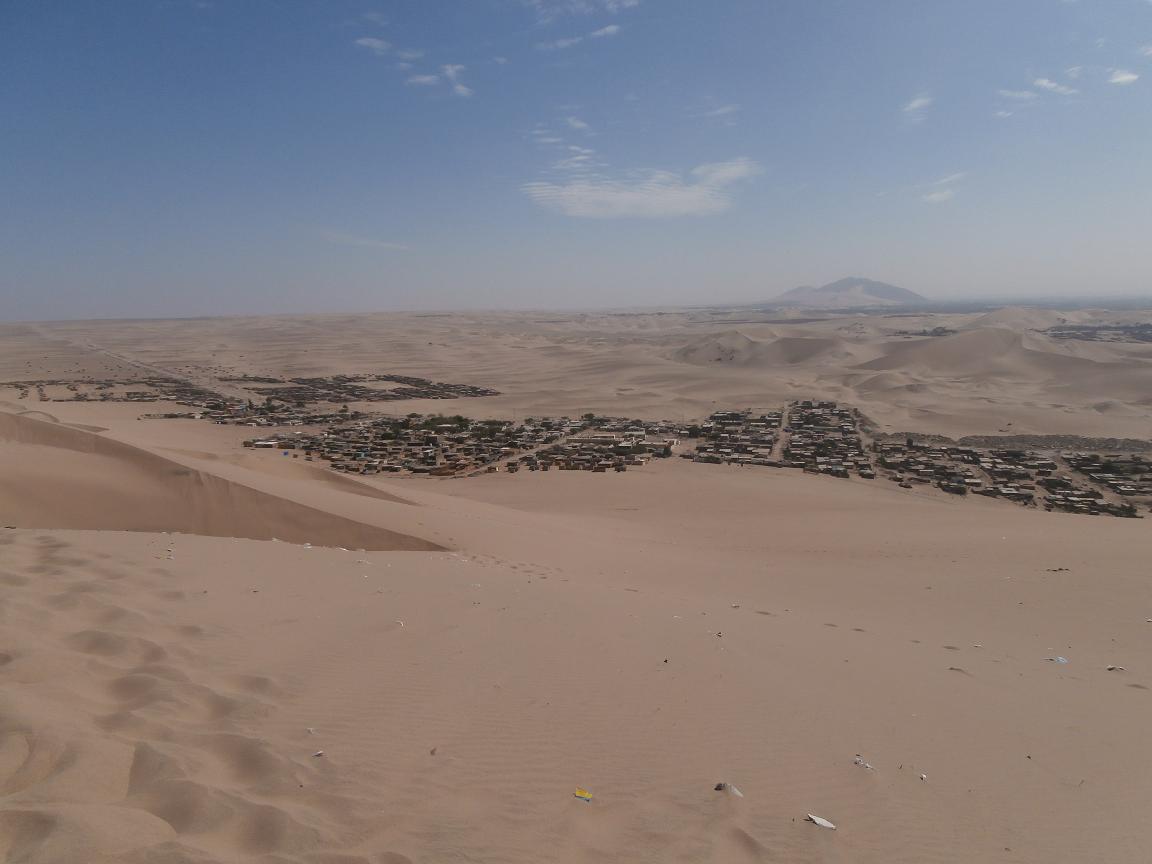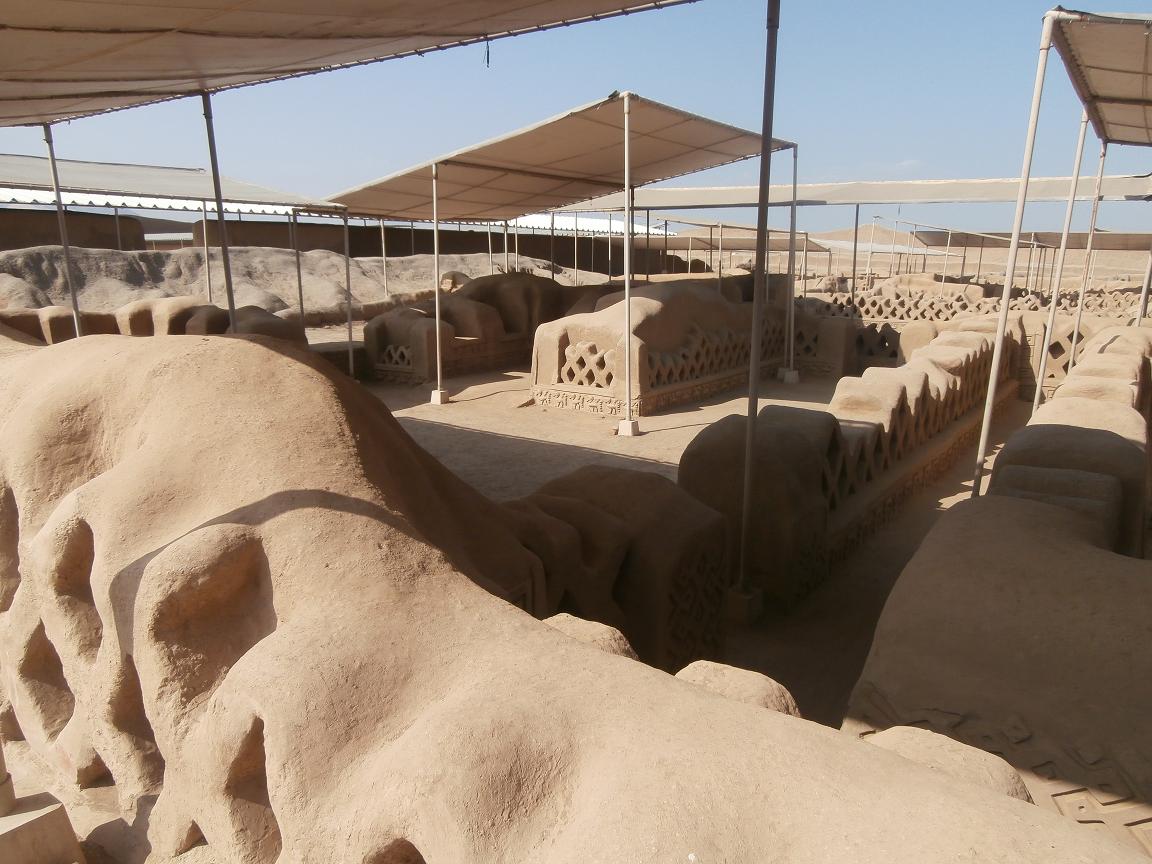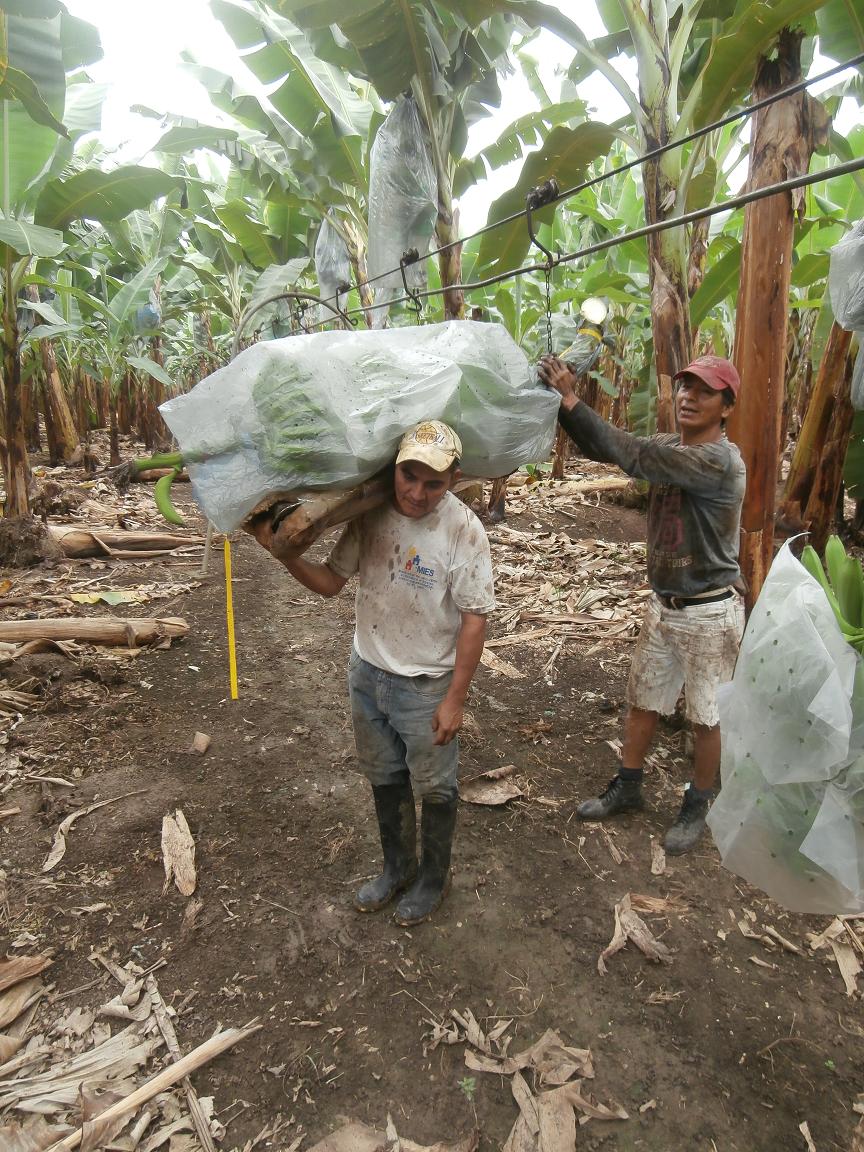Friday the 31st of May our volunering period came to an end.
Oye Lena will be closed for 1 month and moving soon to an other building in the neighbours of Curahuasi, Mole Mole. So we organised a little say goodby party for the children and their parents.
First the children where dressed up and performed a little dance on the song 'La gallina Turuleca', (= 'the crazy chicken'), we made a Spungebob Squarepants piñata stuffed with candy and coockies and afterwords there was a reception with the children and their parents. That was a very moving end of one month of voluntering with these lovely children.
In the weekend we went to Cusco to and on monday with Tito, Ilja and Mieke I went rafting for 3 days on the Apurimac river outside of Cusco. With Apurimac Explorer Gilders families organisation.
After 3 days of wild rivers and camping in the middle of nowhere in the Apurimac Cañyon we arrived back in Curahuasi and I said farewell to the last remaining volunteers. It was a strange feeling to leave a place where I had lived one intense month with a very close group of people.
Roaming around in Peru
From the on I was free as a birt again.
By bus I travelled from Abancay, to Ayacucho, passing Ica, to Lima, to Trujillo (north Peru).
Ayacucho
It's a beautiful old city high in the Andes known for his artisanal textile weaving activities.
Long before the comming of the Inca's the local nations had develloped very complexe technics to waeve their on textiles. In Ayacucho you still find local people using these ancient technics.
I bought some beautiful textile made by an old man in Barrio Santa Ana.
With the family of the hotelowner, Hotel Crillonesa, I went eating 'guinea pig' (= cavia), a Peruvian delicacy.
One of the best hotel/hostelexpieriences I have allready had.
I went visiting some remainings from the ancient local Wari culture. Many nations excisting before the Inca's, develloping different handicraft and agricultural technics (pottery making, textile waeving, draining water to their fields, terraces,...), when the Inca's concurred and incorporated all these different nations they adopted all these technics and imposed to the whole nation to adopt their inca religion and social structure.
so the Inca's where a very young nation who stole all his ideas from the previous nations.
Next to Ayacucho there is the village of Quinua, a region befor known for his
On 9 december 1824 in the battle of Quinua, the Spanish colonizer lost their first big colonial war. Several Latin-American countries gathered their armies and defeated the Spanish colonial army. Peru became independant and soon after the the rest of Latin-America liberated themselves from Spain.
Ica
Ica is located next to Pisco, in the wine cultivating region. I went visiting one of Peru's Biggest wine producers, Bodega's Tacama. They make pisco as well as sweet and dry wines. A pleasure of tasting.
Huacachina is a oasis in a dune desert next to Ica. From there you have beautiful view on the surrounding landscapes. One sides is only desert. on the other side you see the city and behind the beginning of the Andes.
Trujillo
The north of Peru also has a lot of hidden treassures, but fiew people take there time to visit this region. Even knowing that it hosts some of the most beautiful archeological sites, compiting with Machu Picchu and very little visited. In Trujillo I visited a palace of the pre-inca city of Chan Chan. A city completely made of clay.
When having breakfast a little bit out of the center I meet Miguel Reinoso Córdova, he is a police officer form Chiclayo at the of his carreer and a poemwrighter. He explained me about the art of poetry and wrote me down two poems one about César vallego, the biggest poet in Peruvian history, you could call him the sidekick of Pablo Neruda of Chili. And one poem he made up at the moment in trubute to me and the Belgian people:
'A Bélgica y Pieter-Jan'
Hoy un hombre muy sencillo
de la comuna Europea
llega aqui para que vea
las bondades de Trujillo.
Inteligencia con brillo
en él ustedes serán.
Y en estos versos que van
unidos en solo 1 lazo
gustoso doy un abrazo
a Bélgica y pieter-Jan
(Miguel Reinoso, Trujillo, 15 julio 2013)
Untill here about my expiernces in Peru. Enjoy the pictures:
Oye Lena may 2013
Gilder (Oye), Annelies, Dries, Ilja, Jessica, Stefanie (Lena), Tito, me and Mieke
Klaus as being 'Gallina Turuleca'
Our dance performance of 'La gallina turuleca'
The Spongebob Squarepants piñata
Our kids killing Spongebob
Reception with the parents, hmmm...
Lindal, quiet happy
Ayacucho
My new friend and his mother. He would make a perfect playbuddy for Isa, my godchild.
My new family. Eating guinea pig.
The battlefield of la Pampa de Quinua
The obelisc in memory of this important happening
Archeological site, part of an ancien Wari city.
Textile weaver
Ica
La bodega Tacama
The Huacachina desert
Trujillo
remainings of a palace in the city of Chan Chan
Muguel Reinoso Córdova, my friend poet
César Vallego, historic Peruvian poet































